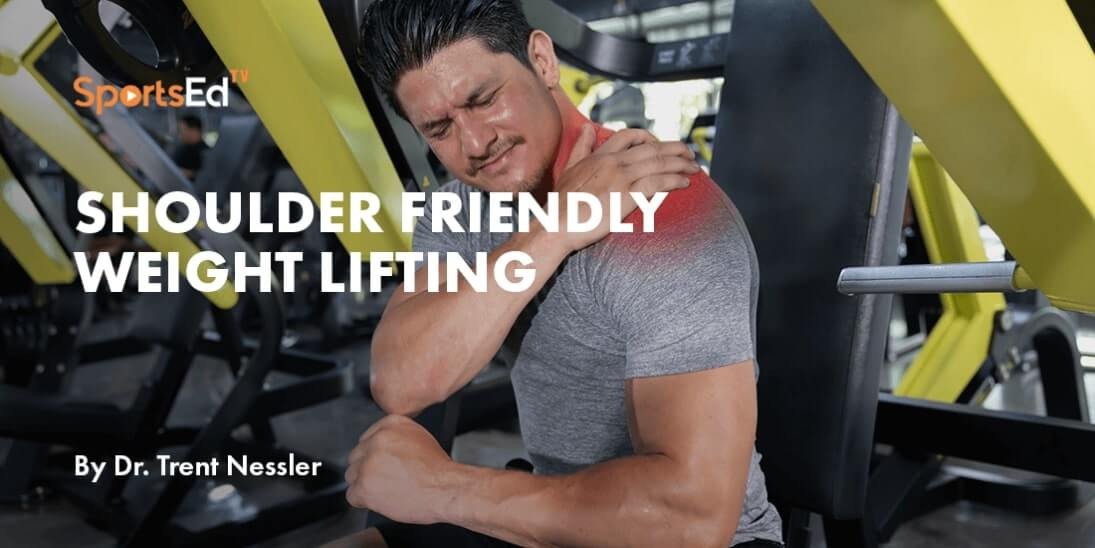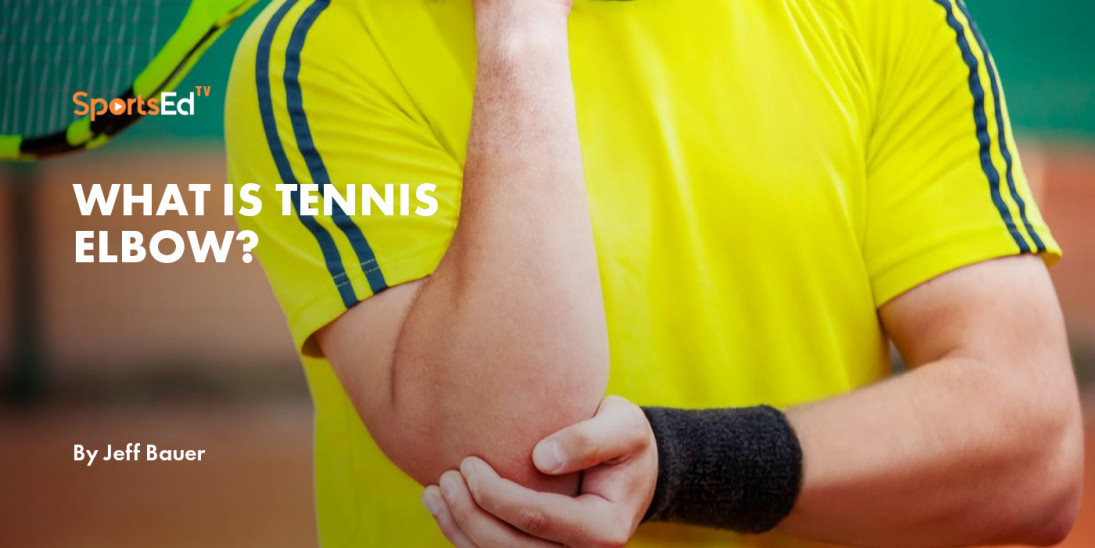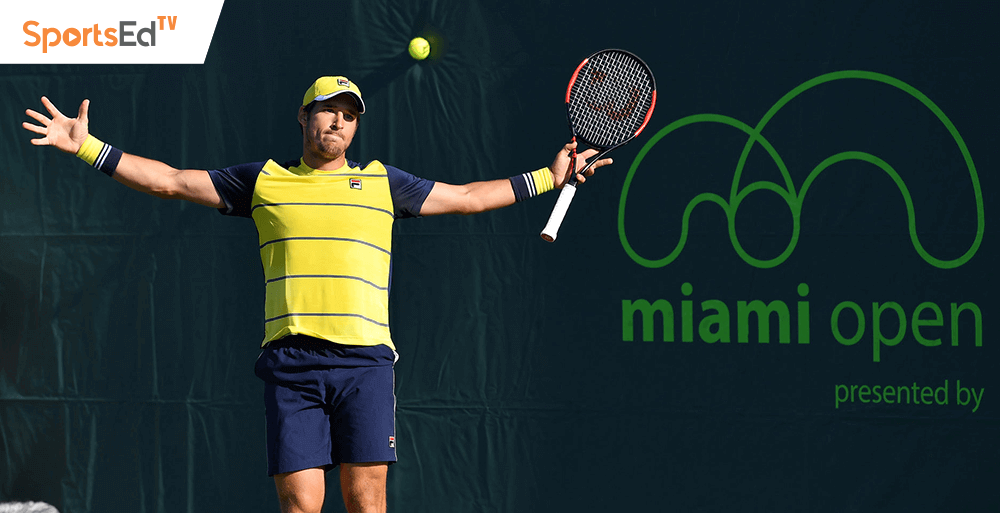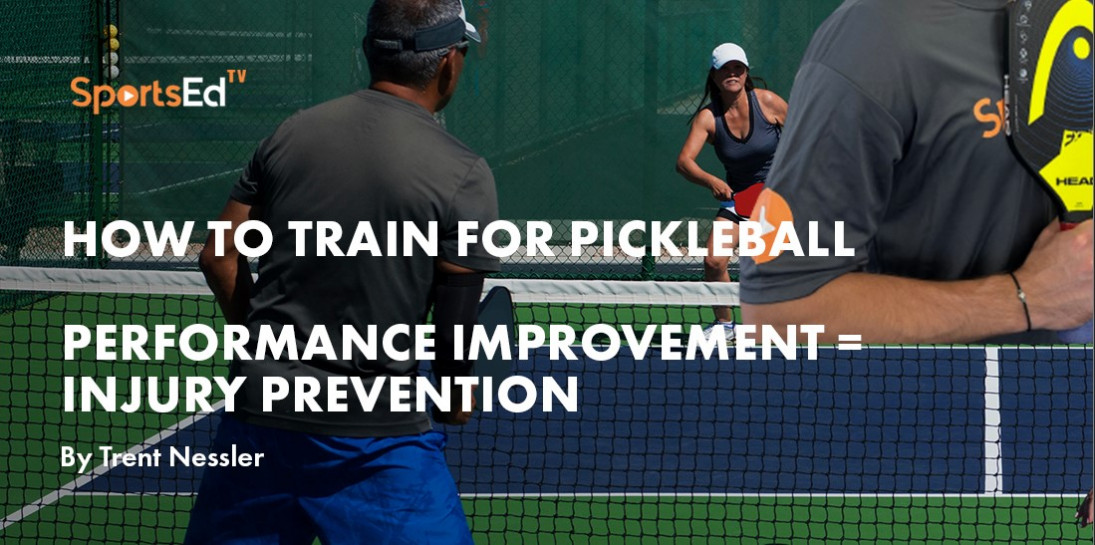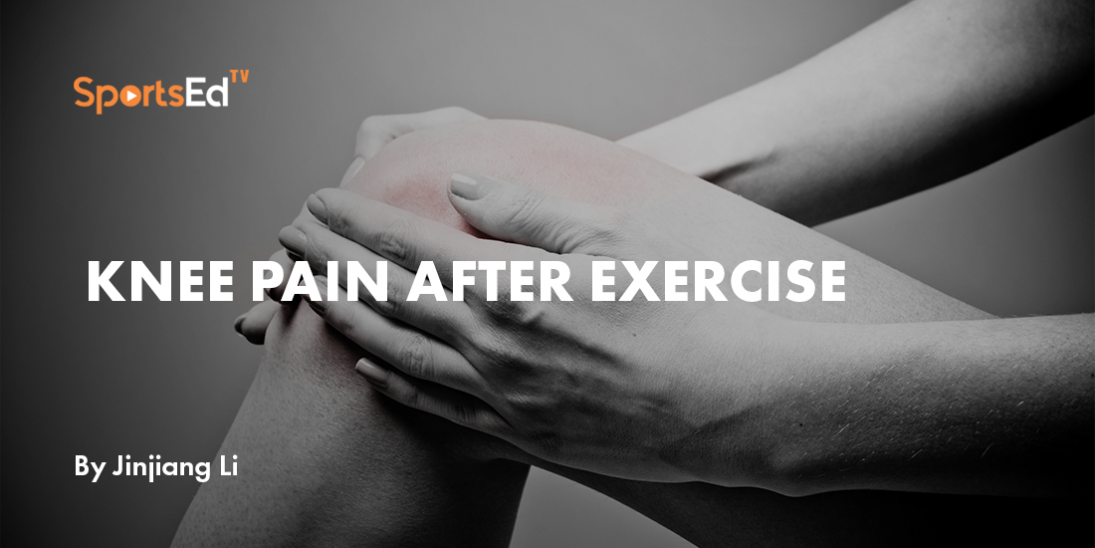Tennis, Strength And Conditioning
Welcome and thanks for visiting...

What Gets Measured Gets Managed (but Should It?)
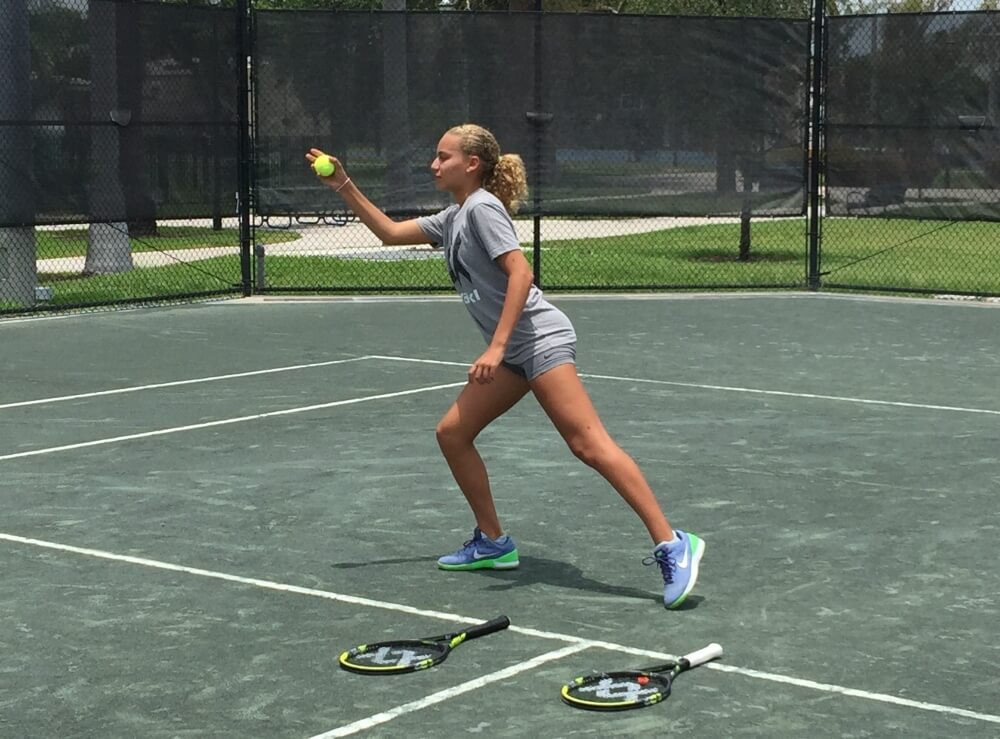
“What gets measured gets managed” is a popular received wisdom, i.e., common knowledge that is held to be true, but may not be. On the surface, it appears to apply to all fields, even sports. After all, sports have so many measures, from win-loss records to a number of games played, to standings, to rankings, to times, to tonnage, etc.
But what if the items we are measuring do not matter like we think they do (wins and losses for a U-8 team, for example)? In sports, at the developmental levels, we should be focusing more on the process (gaining skill, having fun, establishing healthy habits) than the product (wins, rankings, championships). Too often success is measured by scholarships or professional status (more measures in sports!). Some measures might even be harmful to the purpose of sports (year-round registration of young athletes in the same sport, for example). For an example of how this plays out, a study of the top 100 junior boy’s and girl’s tennis players from the International Tennis Federation showed that less than 7% cracked the top 100 and less than 1% made it to the top 10 of the men’s and women’s professional tours.
Yes, we need a pathway to elite performance but we also need a participation pathway. We should measure those factors that define our real purpose, our why. Is our purpose in sports only the elite developmental pathway or should we consider the positive developmental pathway of all participants cradle-to-grave? The prevailing maxim is that sports are an important vehicle for not only the physical benefits they provide but also for the positive impact on socio-emotional, psychological, intellectual, environmental, and spiritual dimensions of wellness. Our real purpose therefore is providing opportunities for athletes of all ages and abilities to enjoy the active pursuit of a healthy lifestyle, including sports. In our tennis example above, what if we also measured how many youngsters developed healthy habits and continued playing tennis across their lifespan? We should be filling the fields, courts, and pools with eager participants, not narrowing opportunities for only a select few. Our purpose represents our vision, which if not shared, leads to issues in what gets measured and how it gets managed.
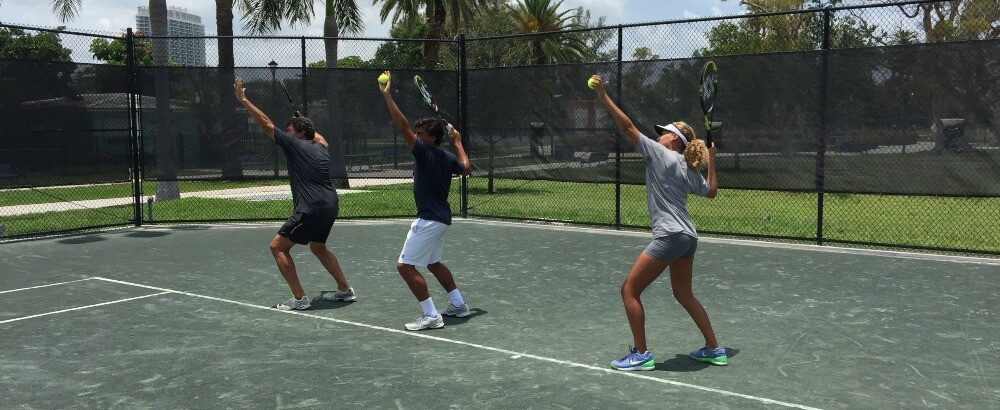
So how do we get athletes, parents, coaches, sporting organizations, leagues, and recreation centers to create a shared vision of active participation for all with a positive youth sports experience as the framework?
Here’s how- through a framework that supports physical literacy - the construct that provides the philosophy, intervention, and structure for all kids to be active and have a positive sports experience! Long-term athletic development (LTAD) is a framework we can implement to help us achieve our shared vision. While there is not yet tons of data on LTAD’s effectiveness, we do know that doing what we have been doing has led to increased burnout, increased injury rate, and measuring things we do not need to manage, such as elite performance in prepubescent children rather than the development of fundamental movement skills, sport-specific performance rather than multi-sport development, and physical prowess in one or two skills rather than overall athleticism.
There exist several models of LTAD that have been developed to promote the development of fundamental movement skills, multi-sport development, and overall athleticism. From these models, several key tenets have emerged, such as:
- The health and wellbeing of the athlete is the central tenet of LTAD
- Fun continues to be the number one reason kids play sports- not adult measures of winning, trophies, travel teams.
- Muscle strength and motor skill development are inextricably linked and lead to confidence and confidence in ability and self-efficacy, which leads to lifetime physical activity.
- All of us are athletes on our own physical literacy journey, an athlete is not a term reserved only for elite athletes, and athleticism is the developmental goal which is defined as the “ability to repeatedly perform a range of movement skills with style, precision, and confidence in a variety of environments, which requires competent levels of strength, power, speed, agility, balance, coordination and energy.”
- Sport sampling, talent development, starting early, and training all fitness attributes are important to long-term success and health. Athletes need to get in shape to play, not the other way around.
- Physical education and after school activities need to be equitably provided for all kids at all levels of ability. Intramurals are a great way to promote re-entry into the participation pathways.
- Competent practitioners are critical to long-term success in sport and physical activity. Coaching education for all coaches is imperative.
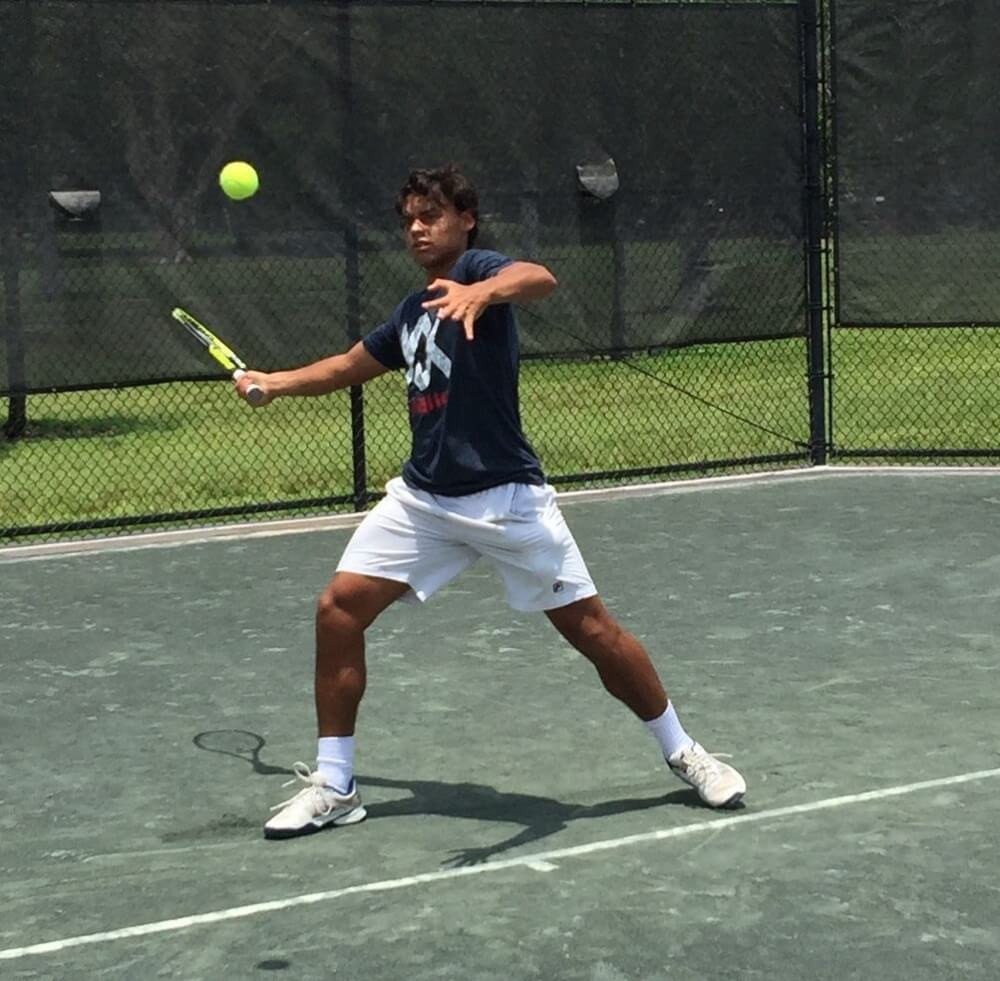
These key tenets that support the vision of active participation for all also guide the key measures that support the shared vision. For overall health and wellness, we need to be measuring the daily, weekly, and overall amount of physical activity. Some mobile apps ensure adequate rest and sleep by tracking it for all participants but it needs to be widely available for athletes on every level. Who is monitoring daily, weekly, and overall workload volume and time spent in practice/games/training to minimize the effects of overuse and overtraining?
There is excellent information about assessing age at peak-height-velocity, peak-weight-velocity, and training age, biological age, maturational age, and psychological age. We need to ensure that this information is provided by all coaches and understood by all athletes and parents. In fairness, there are several coaches and programs that are using applicable measures to ensure the ultimate development of their players.
Unfortunately, though, this level of scientific sophistication is generally reserved for premier club players and not generally available to developmental or recreational players.
Competent practitioners must be leading youth practice and games, ensuring that motor skill proficiency and foundational movement breadth are being developed until mastered. We would never stand for untrained, uncertified teachers, lifeguards, or hairstylists - why do we continue to allow untrained, uncertified coaches to be responsible for our most precious resource without first knowing they are trained to promote positive youth development for every child?
Important content for coach education includes how to measure progress in sport-specific skills along the developmental continuum; implementation of integrative neuromuscular training to improve movement competence and confidence; and how to coach to the learning styles, mental preparedness, and socio-emotional development, and behavior of children and adolescents. Are we certain that our coaching practices help the positive development of all players, are not overly punitive, and do not involve exercise as punishment and yelling? Can we stop referring to youth sports as the “grind” and turn youth sports into a positive mental experience for all kids?
We should explore measuring the level of engagement in the sports every child plays and whether we hold their interest in returning to that sport. How can we improve engagement and lifelong desire to play sports and be physically active? Video game manufacturers do an excellent job of measuring what gets players to keep playing and how to use different types of fun; we could learn a lot from this model. How will we measure fun in youth sports? Amanda Visek’s Fun Maps can provide an excellent starting point for determining what constitutes fun in your sports community. There actually exists a Fun-o-Meter we can adopt for sports and all physical activity!
Many worthy programs exist to track safety in youth sports, like preventing sexual abuse and bullying and ensuring preparticipation physical exams. We need to do a much better job tracking whether athletes at all levels are physically ready to participate in the program- is there a developmentally-appropriate strength and conditioning program that helps athletes prepare for the rigors of competition? Is the strength and conditioning program designed specifically for the athletes being trained, and not “borrowed” from elite teams or from the next level up (U-12 using U-18 programs, for example)?
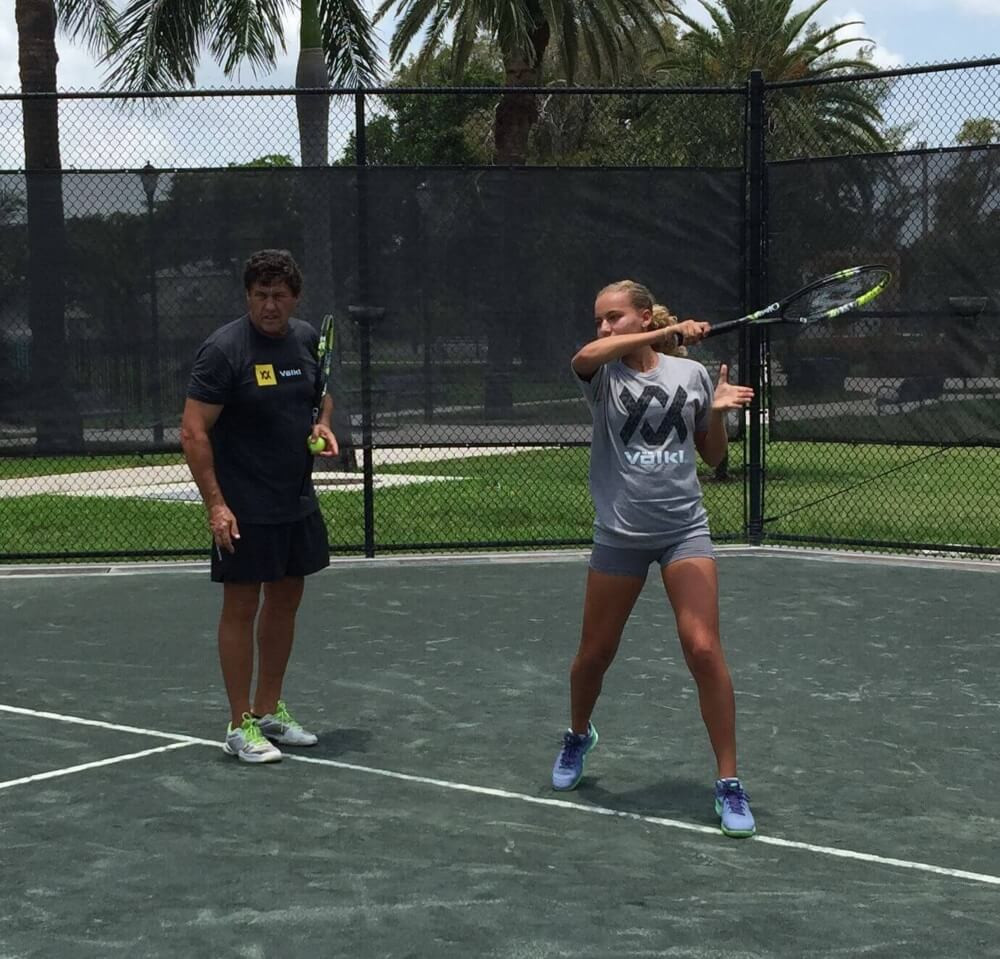
How will we measure equity and inclusion in youth sports? Obesity, mental health, racism, and poverty are social justice issues and we need to draw on population health to help create measurements to reduce food deserts, increase access to sports, create suitable facilities for all kids in all environments, and develop economic advantages for local play and competition.
So, how will we know if we are making progress toward measuring the factors that create a better sports experience for kids and promotes lifelong physical activity? Will the number of fights among parents be reduced? Will more adults be willing to officiate contests? Will the long-term effects of play and sports be measured? Perhaps measuring smiles on young athletes’ faces would help us track our progress. Creating a culture of positive parental engagement would also go a long way towards achieving our shared vision.
Only through the collaborative efforts of athletes, coaches, sports administrators, sport governing bodies, and everyone with an interest in the positive development of our youth, can we give youth sports back to kids. Then, we can create a sports pathway to recreational and elite sports that further provides opportunities for kids of all ages and abilities to be physically active from cradle-to-grave. If we are going to manage what gets measured (not necessarily a bad idea) we need to be sure we are measuring the key performance indicators that relate to the ultimate outcome, which is the shared vision for a physically active culture for all with a positive youth sports experience as the framework. LTAD- Let’s Take Action Deliberately!

